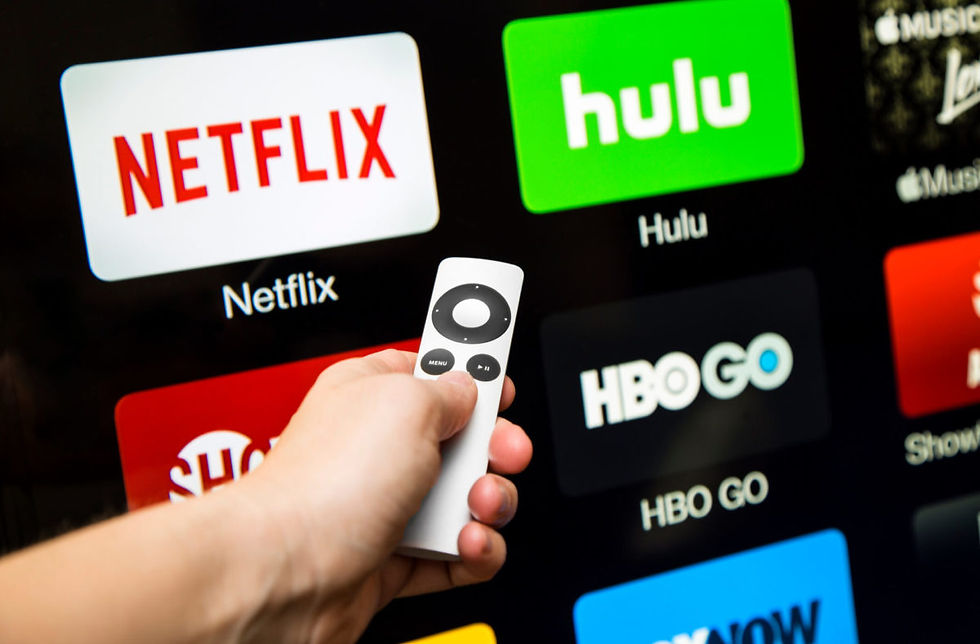The Rise of Subscription-Based Business Models: Are They Sustainable?
- Research
- Apr 22
- 3 min read

The subscription-based business model has changed the way consumers use products and services. The era of streaming led by giants like Netflix and Spotify, for Software-as-a-Service (SaaS) companies like Adobe and Microsoft. Subscription-based businesses generally enjoy predictable income streams and operate with the advantages of customer retention, but market saturation and pricing pressures can raise questions about long-term sustainability (let alone repeat customers) in the face of each consumer fatigue.
The Appeal of Subscription Models
Since their advent, subscription models have taken the industry by storm, delivering not only regular income but also a loyal customer base. Their success can be attributed to several key drivers:
Recurring Revenue: Companies enjoy predictable cash flow and financial stability.
Customer Convenience: The user gets always-on access to the services without the hassle of ownership.
Reduced Initial Cost: Consumers can avail of premium offerings at subsidized monthly costs through subscription pricing.
Scalability: Businesses have an easier time scaling their services and reaching a global market without heavy capital expenditures.
Challenges Facing Subscription Businesses
While subscription businesses are advantageous, they present numerous challenges that may jeopardize long-term survival:
Subscription Fatigue: One of the main downsides of subscription services is that they may stretch the consumer financially, leading him to cancel what he deems an unnecessary membership.
Market Saturation: Increased adoption of the model across industries leads to higher competition, more pricing wars, and shrinking profitability.
Churn Rate: It is hard to retain subscribers, particularly when customers look for alternatives or do not see continued value.
Regulatory and Compliance Issues: Subscription practices are influenced by data privacy legislation and consumer protection legislation, especially auto-renewal policies.
Case Study: Netflix – A Subscription Success Story and Its Challenges
Netflix is a prime example of a successful subscription-based business that disrupted traditional media consumption.
Growth and Success
When it was founded in 1997, Netflix operated as a DVD rental service; in 2007, it transitioned to a subscription-based streaming model. Through a low-cost monthly subscription with boundless content, it became a worldwide leader in digital entertainment. Here are several factors that helped fuel the rise of Netflix:
Personalized Content Recommendations: Machine Learning algorithms improve user experience.
Exclusive Content (Netflix Originals): Produce original content to create a wedge between competitors.
Worldwide Reach: Operating in more than 190 countries with localized content.
Challenges Netflix Faces
However, Netflix faces the same sustainability challenges of the subscription model:
Rising Content Costs: Higher costs for content creation and licensing affect profitability.
Subscriber Growth Slowdown: Netflix is becoming less able to acquire new users as the market matures.
Competition: A fragmented market dominated by Disney+, HBO Max, Amazon Prime Video and others.
Password Sharing: Sharing an account limits growth, so Netflix is learning harder limits.
Future of Subscription Models
Subscription-based companies need innovative strategies to achieve sustained profitability:
Dynamic Pricing Plans: Tiered plans like ad-supported and premium to incentivize different user segments
Value-Added Services: Bundling services or offering exclusive perks to retain subscribers.
Data-Driven Retention Strategies: How we leverage AI for churn risk predictions and personalized user experiences.
Regulatory Compliance: Transparency in pricing & subscription cancelation.
Conclusion
Subscription-based business models are changing entire industries and consumer habits alike, delivering convenience and financial predictability. But sustainability worries linger as competition heats up and consumer behavior changes. Businesses that have remained agile, developed other streams of revenue, or who have been able to retain customers will emerge from the pandemic with stronger handshakes.
Work Cited
Chandra, P. (2022). "The Economics of Subscription-Based Models." Harvard Business Review. Retrieved from www.hbr.org
Smith, J. (2023). "Market Trends in Digital Subscriptions." Journal of Business Strategy.
Netflix Inc. (2023). "Annual Report." Retrieved from www.netflixinvestor.com
Brown, R. (2022). "The Future of SaaS and Subscription Models." Forbes. Retrieved from www.forbes.com



